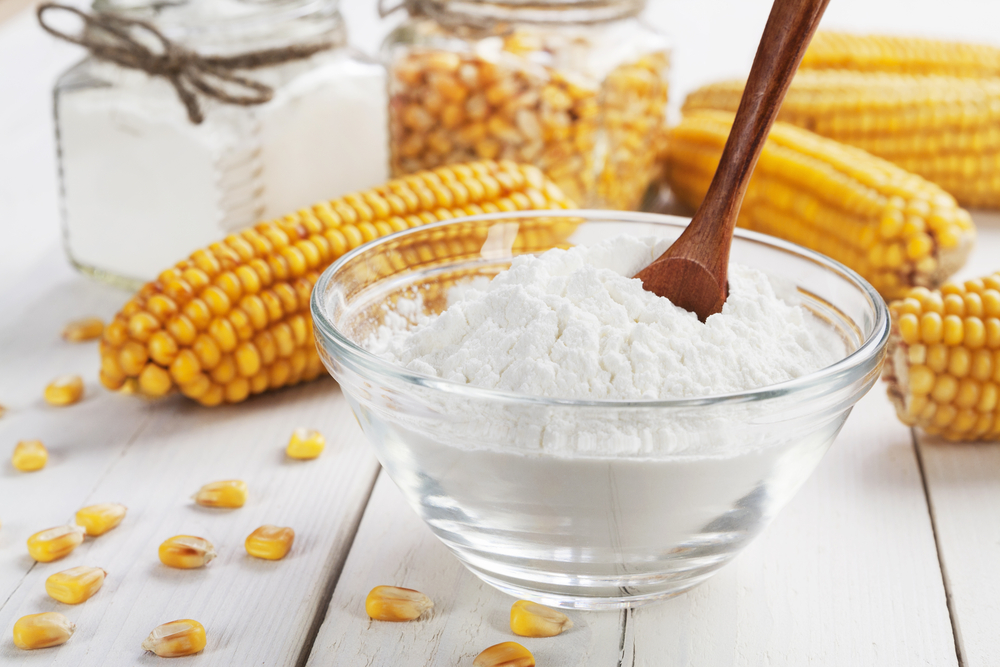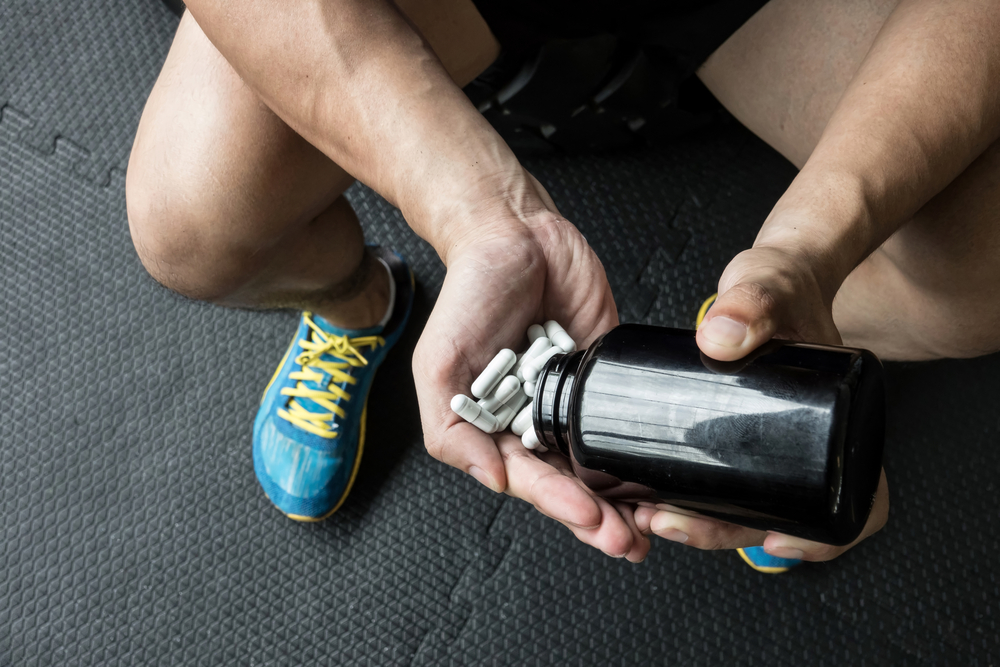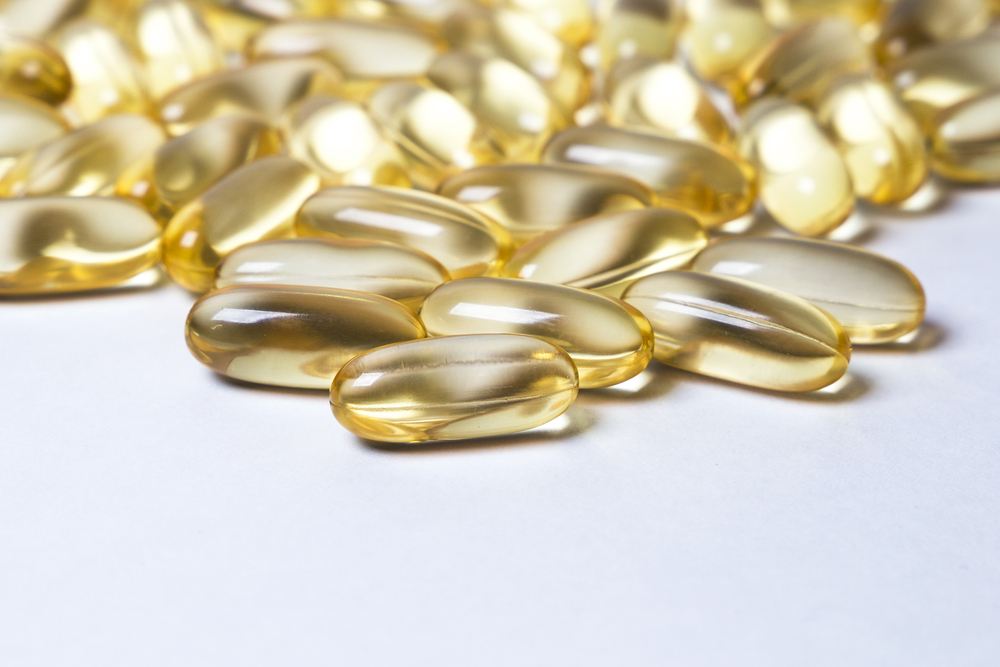Maltodextrin is known as a polysaccharide sugar, it’s made from either corn, rice or potato starch and has the consistency of a fine white powder. Similar to dextrose, maltodextrin is a high glycaemic index carbohydrate that’s mainly used by athletes post workout to replenish muscle glycogen levels and kick-start recovery. Although strictly speaking it’s a complex carbohydrate, unlike dextrose which is a simple carbohydrate, it is quickly digested and broken down into glucose and acts more like a simple sugar which is why it has a glycaemic index of 105 since it has such an effect on our blood sugar levels.
Maltodextrin, Protein And Muscle Mass
As mentioned maltodextrin is popularly used by athletes to replenish muscle glycogen after strenuous exercise, but more importantly for strength athletes researchers at the Department of Kinesiology at McMaster University in Ontario, Canada found that consuming protein with maltodextrin improved protein synthesis. Protein synthesis is basically the process by which the body uses protein to help the muscles repair and regrow bigger. Krista R. Howarth et al (2009) theorised this has much to do with the spike in insulin levels which the maltodextrin would cause since this in turn would help the protein and amino acids shuttle to the muscles which would allow them to begin repairing.
Dextrose And Maltodextrin
Subject of much debate amongst the sports nutrition community is which is better dextrose or maltodextrin? Well the truth is whilst they are both very similar, there are subtle differences and scientists believe that by combining the 2 you can create the perfect post workout drink. It’s closely related to our gastric emptying (the process of digesting and emptying food out of the stomach) since dextrose, being a single sugar molecule, slows gastric emptying but by combining dextrose with a glucose polymer (a processed form of complex carbohydrates, in this case maltodextrin) it’s theorised this will allow for a more even digestion, with no slowing taking place and that this combination will optimize glycogen replenishment, hydration and performance far better. Put more simply, if you consume a post workout drink which contains solely dextrose your stomach will have a hard time digesting large amounts of this one, same sized molecule. However if you consume a 50/50 blend of two different carbohydrates with different molecule sizes, your stomach can digest and process this more efficiently.
References:
- Krista R. Howarth, Natalie A. Moreau, Stuart M. Phillips and Martin J. Gibala (2008) ‘Coingestion of protein with carbohydrate during recovery from endurance exercise stimulates skeletal muscle protein synthesis in humans’ Journal of Applied Physiology April 2009 vol. 106 no. 4 1394-1402
- Kim J. Spaccarotella and Walter.D Andzel (2011) ‘Building a Beverage for Recovery From Endurance Activity: A Review’ Journal of Strength & Conditioning Research: November 2011 – Volume 25 – Issue 11 – pp 3198-3204
- Francis B. Stephens, Marc Roig, Gerald Armstrong & Paul L. Greenhaff (2008) ‘Post-exercise ingestion of a unique, high molecular weight glucose polymer solution improves performance during a subsequent bout of cycling exercise’ Journal of Sports Sciences, Volume 26, Issue 2, 2008
- David S. Rowlands, Megan S. Thorburn, Rhys M. Thorp, Suzanne Broadbent and Xiaocai Shi (2008) ‘Effect of graded fructose coingestion with maltodextrin on exogenous 14C-fructose and 13C-glucose oxidation efficiency and high-intensity cycling performance’ Journal of Applied Physiology June 2008 vol. 104 no. 6 1709-1719









No Comments yet!